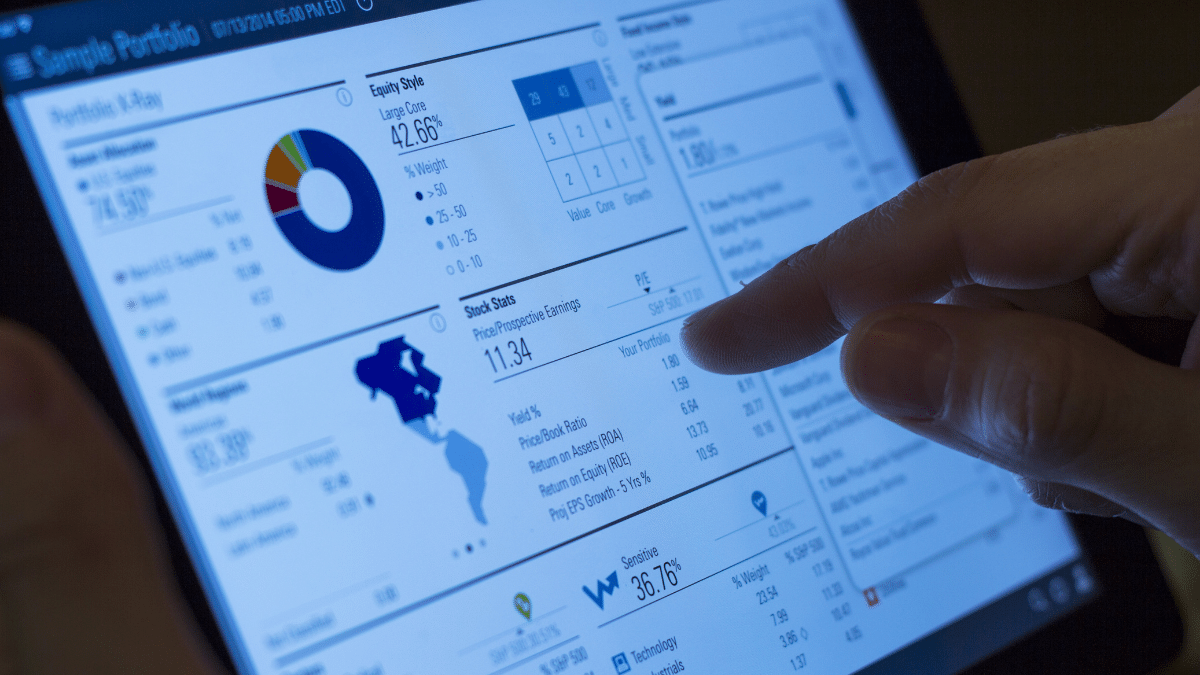Asset allocation is the process of dividing your investments between different assets such as cash, bonds, stocks, or bonds. It is an individual decision. The asset allocation that works for you depends on your risk tolerance and how long you are willing to invest.
Consider these factors:
Figuring out your time horizon
The time period you need to invest in order to reach your financial goals. Investors who have a longer time frame may be more comfortable with taking on volatile or riskier investments. Investors with shorter time frames may be more comfortable taking on lower risks.
What is your risk tolerance?
This refers to your willingness and ability to lose some or all your original investment in return for greater returns.
Read: What are fixed-income assets?
What is diversification?
Diversification is the practice of spreading money across different investments to reduce risk. Diversification can be summarized as “Don’t put your eggs in one basket.”
Diversifying your investments is one way to diversify. Stocks, bonds, and cash have never moved in the same direction. One asset class’s performance may be affected by factors that can improve the returns of another. In the hope of making up for the difference, people invest in different asset classes.
It’s also a better way to diversify your investments across different asset classes. This means that you can hold a variety of bonds or stocks and invest in different industries, such as technology and consumer goods. This allows you to offset a poor sector with investments in other sectors that are performing well.
Mutual funds can be a great way to diversify your portfolio. A mutual fund is an investment company that pools money from multiple investors and invests it in stocks, bonds, and other financial products. Investors can easily own a portion of multiple investments through mutual funds. For example, a total stock market index fund may own stock in thousands of companies. This provides a lot more diversification than one investment.
Diversification is not something a mutual fund can provide, particularly if it only focuses on one sector. You may need to diversify if you invest in mutual funds that are narrowly focused. You’ll pay more fees and expenses as you add investments to your portfolio. This will reduce your investment returns. These costs will need to be considered when you decide how to diversify your portfolio.
What is rebalancing?
Investors use rebalancing to restore their portfolio to its original asset allocation. Because some investments grow more quickly than others, rebalancing is necessary. This could cause your holdings to drift from your investment goals. Rebalancing will help you ensure your portfolio is not overweight in any asset category and return your portfolio back to a comfortable level of risk.
You might have 60% of your portfolio invested initially in stocks. However, market gains could cause that to rise to 80%. You will need to either sell your stocks or invest elsewhere in order to reestablish your original asset mix.
You have three options to rebalance your portfolio.
- It is possible to sell your investments if they are too heavy and then use the proceeds for investments in underweight asset categories.
- For underweighted asset types, you can purchase new investments.
- You can adjust your contributions to make sure that less goes to underweighted assets until you have a balanced portfolio.
You should carefully consider the tax implications and transaction fees involved in rebalancing your portfolio before you do. These potential costs can be minimized by your tax advisor or financial professional.
Financial experts recommend rebalancing every six to 12 months. Some experts recommend that you rebalance when your assets change in any way beyond a pre-determined percentage. Rebalancing works best when it is done on an infrequent basis.
It may be difficult to shift money from one asset class that is performing well to another asset category that is not. It can be a smart move. Rebalancing allows you to sell high and buy low by cutting down on the “winners”.

David Rewcastle of Darien, Connecticut, is an Equity and Fixed Income Analyst with a background in Finance and Middle East Studies




Leave A Comment